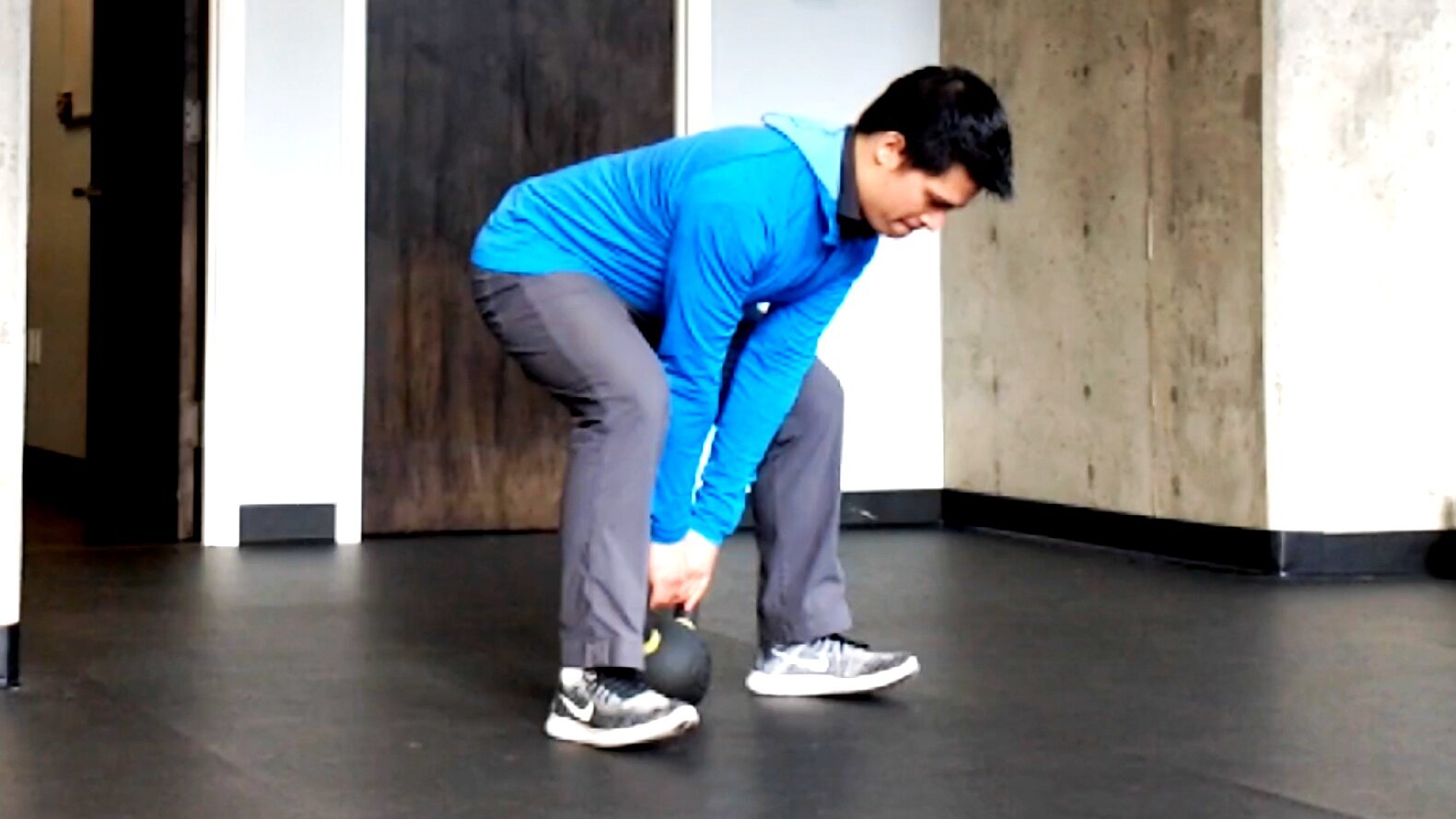Training Outside of the Box
While training, there is an emphasis on engraining optimal movement patterns. For example, during the squat or deadlift there is a focus on maintaining a neutral spine throughout the lift. When training upper body, the cue is squeeze the shoulder blades together to stay in a good posture. However, could this style of training be setting an athlete up for injury?During a conference at Stanford, Professor Stu McGill shared a story about how movement is context specific. He had been working with an athlete to learn how to hip hinge when deadlifting. He then asked the athlete to pick up a pencil that had been dropped on the ground. Even after being taught how to hip hinge by the leading researcher in spinal biomechanics, the athlete reverted to rounding their back to pick up the pencil on the ground. In sports, athletes are exposed to various unpredictable movements which they will need to be able to tolerate. Within a controlled environment, it would be preferable for an athlete to practice with good form, however, their sport might not allow for them to always be in good form. Instead, an athlete would benefit from being gradually exposed to a movement or position that they will inevitably experience in their sport.For example, a basketball player jumps to fight for a rebound and lands on another player’s foot causing inversion of the ankle. Now we would all prefer the basketball player to land in a neutral position, however, this was not an option for this athlete.Chances are a majority of the training for this basketball player involved strengthening the lower body in a neutral position. However, this athlete would benefit from gradually strengthening the ankle in an inverted position. Since there is a high likelihood that they will be exposed to ankle inversion while playing, training the athlete to tolerate and control this range of motion could limit their injury risk.
In sports, athletes are exposed to various unpredictable movements which they will need to be able to tolerate. Within a controlled environment, it would be preferable for an athlete to practice with good form, however, their sport might not allow for them to always be in good form. Instead, an athlete would benefit from being gradually exposed to a movement or position that they will inevitably experience in their sport.For example, a basketball player jumps to fight for a rebound and lands on another player’s foot causing inversion of the ankle. Now we would all prefer the basketball player to land in a neutral position, however, this was not an option for this athlete.Chances are a majority of the training for this basketball player involved strengthening the lower body in a neutral position. However, this athlete would benefit from gradually strengthening the ankle in an inverted position. Since there is a high likelihood that they will be exposed to ankle inversion while playing, training the athlete to tolerate and control this range of motion could limit their injury risk.
Would we rather an athlete first experience a movement in sport in a controlled environment or during competition?
ACL injuries are common in sports, especially in the female population playing soccer, volleyball, or basketball. Many ACL injury programs emphasize strengthening the hips to prevent knee valgus moments, which have been linked to ACL tears. While this approach is certainly valuable, it might not be feasible to completely eliminate all knee valgus movements during sports.These athletes could benefit from gradually strengthening while in a valgus position. Since completely avoiding knee valgus movements probably isn’t possible, these athletes should be strong in this position and be able to control the knee when out of a neutral position. It would be better to prepare an athlete to be in a valgus position and not need it than it is to not prepare and need it.
Training movement tolerance, not movement avoidance.
This isn’t to say that biomechanics don’t matter when training. Biomechanics matter. However, it would be beneficial to create a margin of tolerated movements instead of striving for perfect movements. Exposing athletes to movements that they are likely to encounter during sport can help aid in reducing their risk of injury. If training focuses only on perfecting movement, then when movement deviates away from this pattern athletes may not be able to control the movement. Train to create a robust athlete, not a perfect athlete.
A special thank you to Charlie Weingroff & Greg Lehman for inspiring this post.